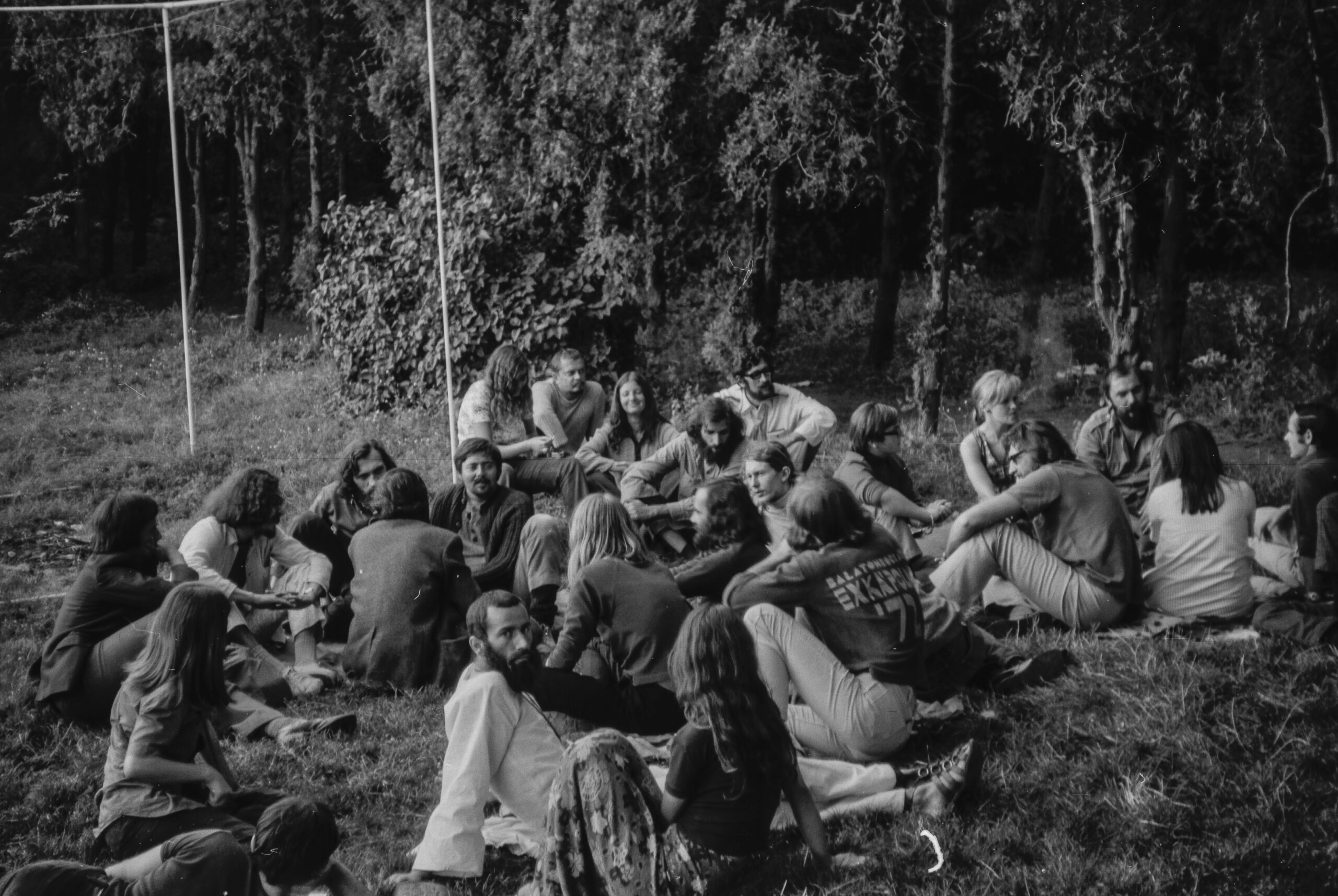As Michelle Henning points out in her book Photography: The Unfettered Image (2018), “from its inception, photography was a means to set images free, to allow them to go traveling, to transfer, to be projected, translated, fragmented, reconstituted and reversed, to be reimagined and re-embodied.”(Michelle Henning, Photography: The Unfettered Image (New York: Routledge, 2018), p. xi.) How does this perspective contribute to understanding the medium beyond its treatment in art museums, whic...| ARTMargins
East European art scenes have long invited mostly negative comparisons with their West European counterparts. During the Cold War era, external perceptions often blurred the many differences between state socialisms and their related cultural fields. For their part, local artists and art historians in the countries of Eastern Europe criticized such homogenizing accounts, pointing instead to the many, and wide-ranging, Western connections of individual artists or artist groups with the West, a...| ARTMargins
In 1978, Nick Waterlow, the artistic director of the third Sydney Biennale, “European Dialogue,” visited Budapest and agreed with the Hungarian art historian, László Beke that he would put together an informative exhibition of documents and original works covering the activities of several Hungarian artists. Beke, who was by then an internationally renowned advocate of East European Conceptualisms accepted this task but avoided the burdensome role of a national consultant by involving a...| ARTMargins Online




